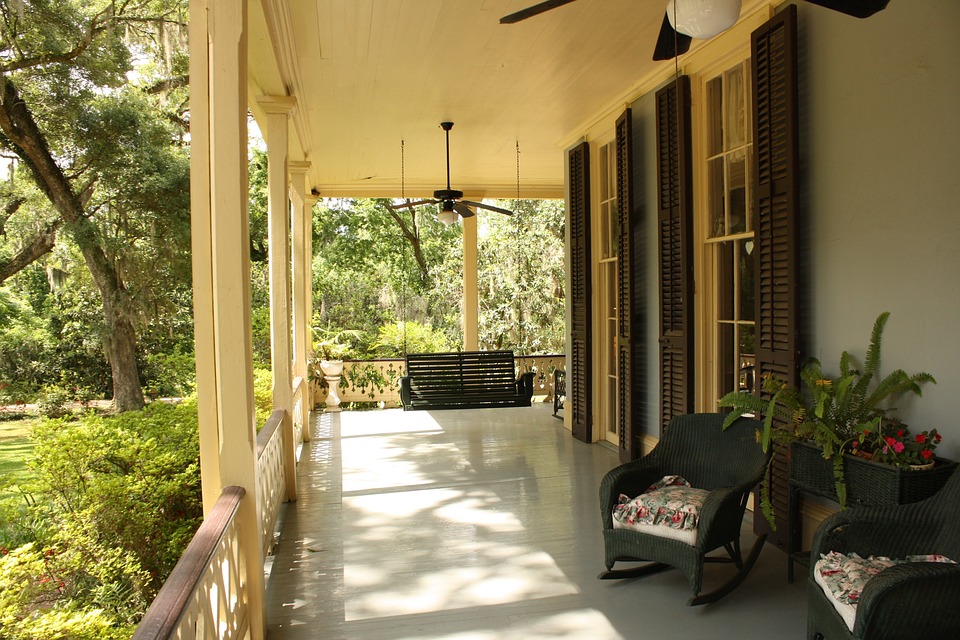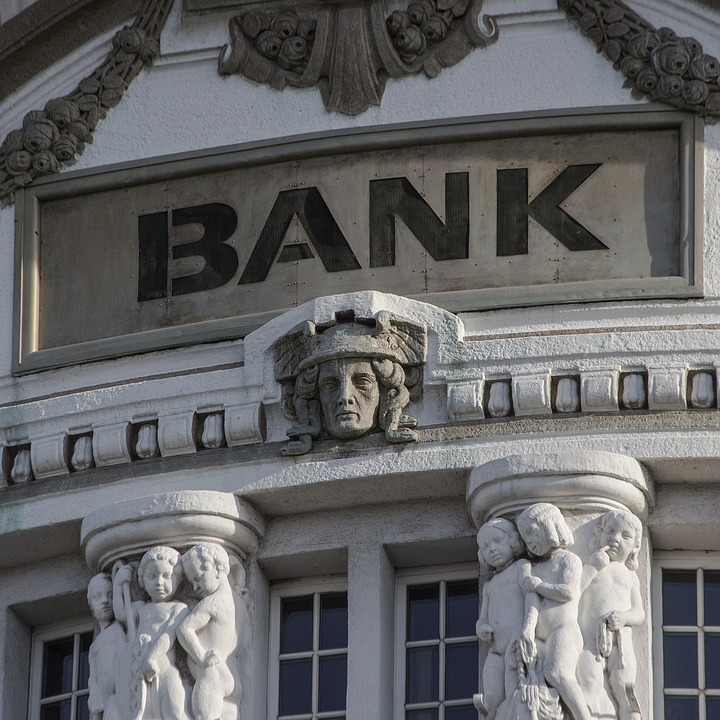Jordan Borchard posted in
Housing in Housing News
How Low Are Mortgage Rates Right Now? Just Look on the Sky-High Numbers From the ’80’s and 90’s
Written by: Brenda Richardson
Traditionally, proposals and parenthood result in residence purchases. With rates of interest beneath 3%, nonetheless, mortgage costs could be a part of the checklist.
Economic uncertainty surrounding the coronavirus pandemic has pushed mortgage charges to quite a few record-lows since March. During the week ending July 16 common charges hit 2.98%, dropping beneath 3% for the primary time. As a outcome, buy functions are up 16% from a 12 months in the past and refinance functions are up 107%, based on the Mortgage Bankers Association.
“The record-low stage of fixed-rate mortgage charges is nice information for all residence consumers, and notably for first-time residence consumers, lots of whom have been renting in multifamily buildings and wish to transfer to a single-family residence through the pandemic,” mentioned Frank Nothaft, chief economist for property analytics supplier CoreLogic. “First-time residence consumers have responded to the improved affordability of decrease mortgage funds by stepping up purchases from a 12 months in the past.”
For occasion, Hunter Stuart and his spouse determined to surrender the three-bedroom Chicago residence they’d been renting since 2017 and purchase a spot within the suburbs in June. A rising household—their second little one is because of arrive in September— was solely a part of what motivated the Stuarts to change into owners. “We received a reasonably good value on the home, and the rate of interest being low was positively a motivating issue,” mentioned Stuart, who took out a 30-year mortgage with a set charge of three.25%.
Rates this low would have been unimaginable when the mother and father and grandparents of right this moment’s first-time consumers had been getting into the housing market. “Depending how a lot historical past you’re utilizing as your choose for mortgage charges could make a extremely large distinction in whether or not you assume a sure charge is excessive or low,” mentioned Danielle Hale, Realtor.com’s chief economist.
Here’s a glance again at charges by way of the a long time.
The Nineteen Seventies
Bottom charge: The common charge on a 30-year mounted mortgage was 7.31% in April 1971, when Freddie Mac began surveying lenders. This was near the low for the last decade.
Peak charge: The 70s ended at excessive of 12.9%
In the early Nineteen Seventies, surging power costs amid an oil disaster fueled a brand new period in American inflation and the financial system plunged right into a extreme recession. Mortgage charges soared because of this. When Paul Volcker took over the Federal Reserve in 1979, shopper inflation was working at an annual tempo of about 9%. He pledged to make combating inflation his prime precedence, telling lawmakers the Fed would “must name the photographs as we see them.” Volcker raised the Fed’s benchmark rate of interest from 11% to a document 20% by late 1980, contributing to greater mortgage charges. Those excessive rates of interest made it so costly for folks and firms to borrow that the financial system weakened steadily. Nevertheless, the last decade ended with the homeownership charge at 65.4%, about one share level greater than initially of 1970, based on the U.S. Census Bureau.
The Nineteen Eighties
Peak charge: 18.45% in October 1981
Bottom charge: 9.04% in March 1987, fluctuating between 9% and 11% for the remainder of the last decade
In late 1980 and early 1981, the Fed as soon as once more tightened the cash provide, permitting the federal funds charge to method 20%. Subsequently, long-run rates of interest continued to rise. This resulted in mortgage charges reaching an all time-high of 18.45% by 1981. The financial system formally entered one other recession within the third quarter of 1981 as excessive rates of interest put stress on sectors of the financial system reliant on borrowing, together with manufacturing, development and residential shopping for. U.S. financial coverage eased in 1982, serving to result in a resumption of financial development. By October 1982, inflation had fallen to five% and long-term rates of interest started to say no. The homeownership charge dropped from 65.5% in 1980 to 63.8% in 1989.
The Nineteen Nineties
Peak charge: 10.48% in May 1990
Bottom charge: 6.71% in October 1998
The financial system was in recession from July 1990 to March 1991, having suffered the financial savings and mortgage disaster in 1989 and a spike in gasoline costs as the results of the Gulf War. After that, the Nineteen Nineties had been characterised by robust financial development, regular job creation, low inflation, rising productiveness, financial growth and a surging inventory market. The commercialization of the web led to the best growth of capital the nation had ever witnessed. Mortgage charges, explains Hale, “stabilized round 10%, after which basically began this long-term declining development that we’ve seen from 1990 till now, with ups and downs for issues which are happening within the financial system equivalent to expectations about future development and the best way the Fed is setting general rates of interest.” After sliding within the Nineteen Eighties, the speed of homeownership elevated to 66.9% in 1999 from 64% in 1990.
The 2000s
Peak charge: 8.52% in May 2000
Bottom charge: 4.81% in April 2009
After years of appreciable development, the housing market fell right into a deep decline starting in 2006. A mix of favorable rates of interest and relaxed requirements for mortgage loans resulted in peak residence costs. Home loans had been accessible to debtors who had low credit score scores and a better threat of defaulting on loans. These so-called subprime debtors had been allowed to take out adjustable-rate mortgages, which might begin out with low month-to-month funds that might change into a lot bigger after a couple of years. When home costs peaked, mortgage refinancing and promoting properties turned a much less viable technique of settling mortgage debt. Mortgage loss charges started rising for lenders and traders. By the autumn of 2008, debtors had been defaulting on subprime mortgages in excessive numbers, inflicting turmoil within the monetary markets, the collapse of inventory costs and the Great Recession. The homeownership charge declined to 67.2% in 2009 from 67.5% in 2000.
The 2010s
Peak charge: The decade began at a excessive of 5.03%, charges approached that stage in 2018 however stopped climbing at 4.87% that November
Bottom charge: 3.35% in November 2012
As the last decade started, the market was battling to regain its footing within the wake of one of many largest housing downturns in U.S. historical past. Foreclosure filings had been at a peak of two.9 million. In an effort to rebuild belief within the monetary system, the Dodd-Frank Wall Street Reform and Consumer Protection Act was handed in 2010 to guard shoppers from the unfair and misleading practices and merchandise that led to the 2008 disaster.
In the overwhelming majority of the nation, residence worth appreciation accounted for a lot of the development within the complete worth of the housing inventory. The housing market added $11.3 trillion in worth, just a little greater than a 50% improve within the 2010s. About 14% of that achieve was from new housing inventory, with the rest from elevated values of the prevailing inventory. The homeownership charge decreased to 65.1% in 2019 from 66.5% in 2010.
You acquired this since you are subscribed to instantaneous notifications. Manage Subscriptions



